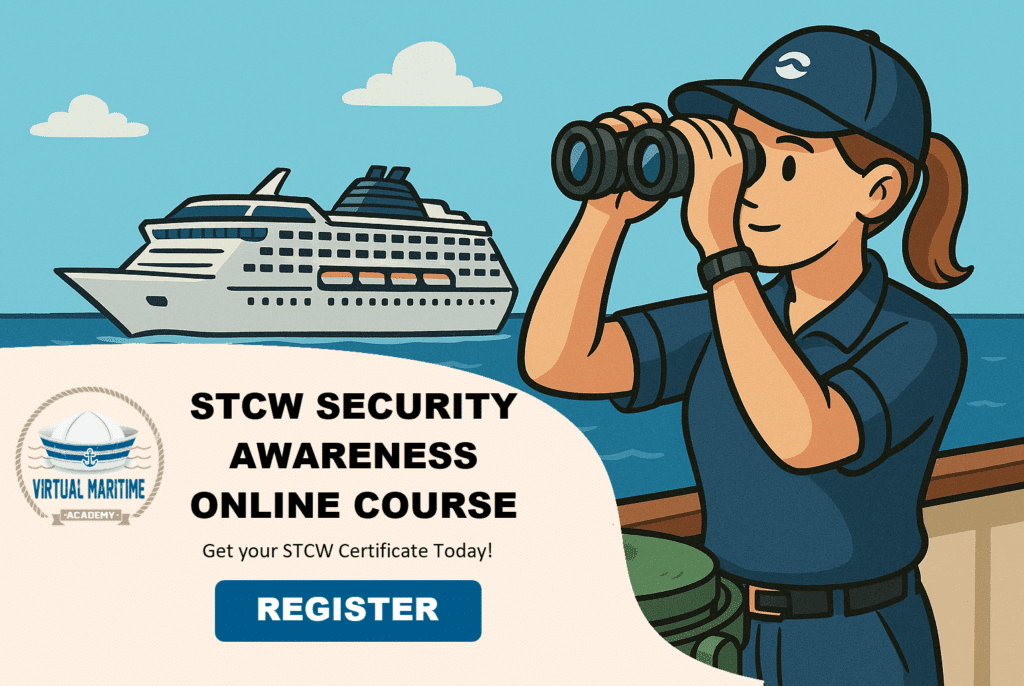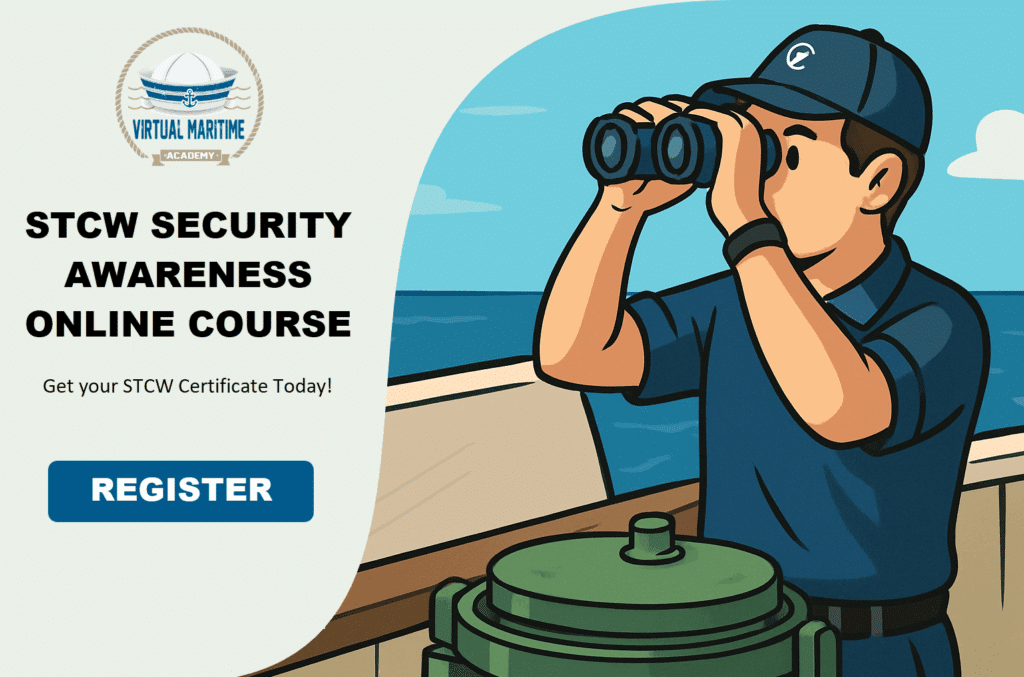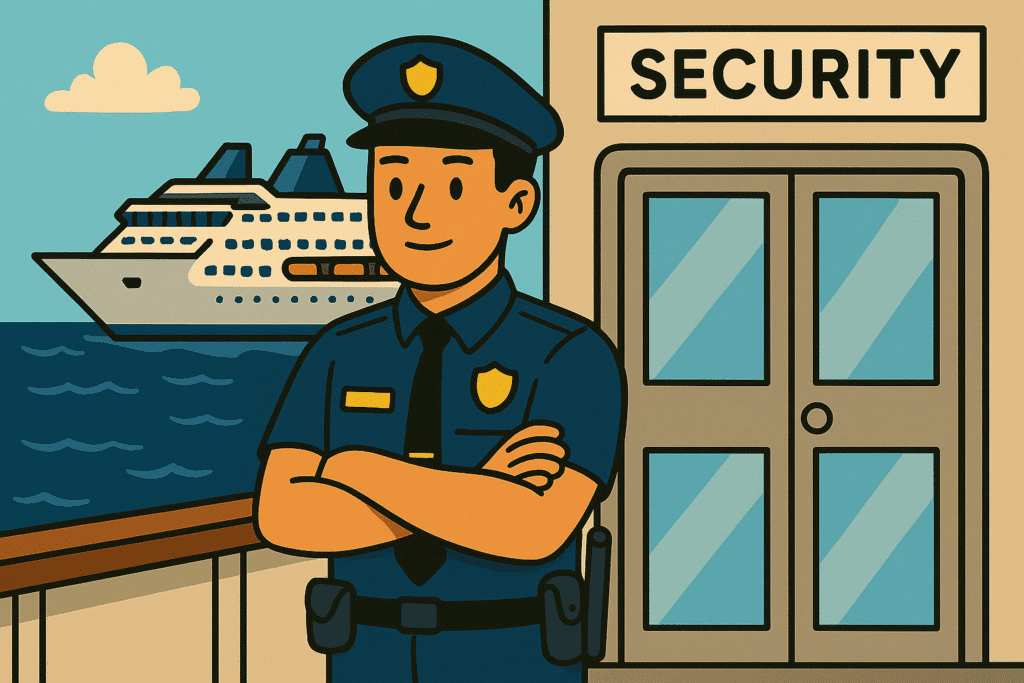In today’s turbulent waters, the threat of maritime piracy looms large, endangering crew members and valuable cargo around the world. As pirates become more brazen and sophisticated, the maritime industry has had to evolve with equally advanced security measures. One such critical innovation is the implementation of safe rooms, or citadels, which are designed to protect crew members during pirate attacks. Historically, these fortified areas have played an essential role in naval defense, but their modern adaptations are more critical than ever given the increasing frequency and severity of piracy incidents.
Statistics reveal a stark reality: piracy remains a significant concern, with thousands of incidents reported annually, ranging from petty theft to violent hijackings. However, the successful deployment of safe rooms has not only thwarted numerous piracy attempts but also saved countless lives. For instance, numerous shipping companies have reported that well-equipped citadels have been instrumental in securing the safety of their crew while awaiting rescue by naval forces. This growing trend underscores the urgent need for well-designed safe rooms and comprehensive safety protocols onboard vessels to mitigate the risks posed by maritime piracy.
By understanding the key features of an effective maritime safe room, such as reinforced doors, communication systems, and independent power supplies, ship operators can significantly enhance their defensive measures. Furthermore, thorough crew training and emergency preparedness strategies play a vital role in ensuring that these citadels serve their purpose during critical moments. Real-life case studies demonstrate that when these best practices are implemented, safe rooms can indeed serve as life-saving havens during pirate attacks, highlighting the importance of their continued development and usage in maritime security.
The Rising Threat of Maritime Piracy and the Evolution of Safe Rooms
Introduction to Modern Maritime Piracy
In recent years, maritime piracy has emerged as a significant threat to global shipping lanes, impacting international trade, fishing activities, and the safety of seafarers. Modern pirates armed with advanced weaponry and navigation equipment now pose a formidable danger to vessels traversing high-risk regions such as the Gulf of Aden, the South China Sea, and the coast of West Africa. These pirates often target large cargo ships, tankers, and even smaller yachts, with the primary aim of hijacking for ransom or looting valuable cargo. As attack techniques become more sophisticated, the maritime industry must continuously evolve its defensive strategies to protect crew members and assets.
Historical Overview: Safe Rooms in Maritime Security
The concept of safe rooms, also known as citadels, has been around for centuries, initially conceived to protect individuals from various threats, including maritime piracy. Historically, onboard safe rooms served as a secure haven for key personnel in the event of pirate boarding. These early versions were rudimentary, often consisting of fortified cabins or hidden compartments. Over time, as the nature of piracy evolved, so did the design and sophistication of these safe rooms.
In the late 20th century, the resurgence of piracy, particularly in regions like the Horn of Africa, prompted a reevaluation of maritime security measures. Modern safe rooms began incorporating advanced security technologies such as reinforced walls, secure communications systems, and independent power supplies. These innovations aimed to enhance the survival chances of crew members during pirate attacks and improve response times for rescue operations. The evolution of these safe rooms has played a crucial role in shaping contemporary maritime defense strategies, prioritizing the safety and well-being of seafarers.
Statistics on Piracy Incidents and Safe Room Success Stories
The effectiveness of safe rooms in combating maritime piracy can be underscored through statistical analysis and real-world examples. According to the International Maritime Bureau (IMB), piracy incidents peaked in the early 2000s, with notable hotspots in Southeast Asia, the Gulf of Guinea, and the Somali coast. Despite international efforts to curb these incidents, piracy remains a persistent challenge, with hundreds of attacks reported annually.
However, the successful implementation of safe rooms on commercial vessels has led to numerous life-saving outcomes. For instance, between 2008 and 2022, there were over 200 documented cases where crew members successfully utilized safe rooms to thwart pirate attacks. One such notable success story occurred in 2010 when the crew of the MV Maersk Alabama, immortalized by the movie Captain Phillips, evaded Somali pirates by retreating to a fortified safe room. Their quick action and the well-constructed citadel were pivotal in their eventual rescue by U.S. Navy SEALs.
Another remarkable incident involved a chemical tanker in the Gulf of Guinea in 2020. The crew activated the vessel’s safe room protocol when pirates attempted to board. Thanks to the secure communication systems within the citadel, the crew maintained contact with maritime security forces, who responded swiftly, leading to the safe release of the vessel and its crew. Similar incidents in high-risk areas have demonstrated that safe rooms, when properly utilized, significantly increase the survival rates of crew members during pirate attacks.
Moreover, the IMB’s annual piracy reports highlight a correlation between the presence of safe rooms and a decline in successful pirate takeovers. Ships equipped with well-designed safe rooms are more likely to withstand prolonged pirate sieges, dissuade further attacks, and ultimately secure timely interventions from naval forces. These statistics underscore the critical importance of safe rooms in contemporary maritime security protocols.
In conclusion, the rising threat of maritime piracy necessitates the continuous improvement and implementation of defensive measures like safe rooms. These fortified spaces have proven instrumental in saving lives and ensuring the safety of seafarers across the globe. As piracy tactics evolve, so too must the strategies for protection, reinforcing the need for advanced, secure, and accessible safe rooms on all at-risk vessels.
https://www.virtualmaritime.academy/vma-courses/
Building and Utilizing Safe Rooms on Vessels: Best Practices for Safety at Sea
Key Features of an Effective Maritime Safe Room
An effective maritime safe room, also known as a citadel, is a fortified area on the vessel designed to keep the crew safe during a piracy attack. Ensuring that these rooms are equipped with essential features can significantly enhance the safety and security of the crew. Key features include:
- Reinforced Structure: One of the most critical aspects of a safe room is its reinforced structure. This should be built using high-strength materials such as steel to withstand forced entry attempts. Doors and locks should be robust, ideally meeting international security standards.
- Communication Systems: Integrated communication systems, including satellite phones and VHF radios, allow the crew to contact authorities and the shipping company while remaining hidden. These systems should be protected from tampering and interference.
- Ventilation and Air Supply: Adequate ventilation systems are vital for the comfort and safety of the people inside. Some advanced systems can also include air purification to protect against tear gas or smoke.
- Emergency Provisions: A well-stocked safe room includes food, water, medical supplies, and sanitation facilities to sustain the crew for an extended period if necessary.
- Surveillance Equipment: Camera systems both inside and outside the citadel can help the crew monitor the situation and make informed decisions about their safety.
- Power and Backup Systems: Continuous power supply, potentially backed by a battery system, ensures that all essential equipment remains functional during a crisis.
Strategies for Crew Training and Emergency Preparedness
While a well-built safe room is essential, equally important is ensuring that the crew is trained to use it effectively. Emergency preparedness through training and drills plays a vital role in ensuring the safe room’s functionality during a crisis. Best practices include:
- Regular Drills: Conducting regular emergency drills helps the crew become familiar with the procedures and reduces panic during an actual piracy attack. These drills should encompass all steps from identifying the threat to safely securing the citadel.
- Clear Protocols: Establish clear protocols for different scenarios, including how to identify a threat, the chain of command during an emergency, and specific roles and responsibilities for each crew member.
- Effective Communication: Training should emphasize the importance of communication. Each crew member should know how to operate communication devices and understand the protocol for updating authorities on their status.
- Scenario-Based Training: Employing scenario-based training helps the crew think on their feet and adapt to real-life situations. This training can include simulated piracy attacks to test and improve response times and decision-making.
- Mental Preparedness: Preparing the crew mentally is as important as physical preparedness. This includes training in stress management and staying calm under pressure.
- Updating Protocols: Continuously reviewing and updating emergency protocols based on the latest maritime security intelligence ensures that the crew is prepared for new and evolving threats.
Case Studies: Real-Life Examples of Safe Rooms Preventing Piracy
Over the past decade, there have been several notable instances where safe rooms have played a crucial role in protecting crews from piracy. These real-life examples underscore the importance of well-designed citadels and comprehensive crew training.
Case Study 1: The Maersk Alabama
One of the most famous cases is the 2009 hijacking of the Maersk Alabama. While Captain Phillips was held hostage by pirates, the rest of the crew successfully used their citadel, equipped with reinforced doors and communication devices, to stay safe. Their ability to communicate securely with the U.S. Navy ultimately led to their rescue.
Case Study 2: The MV Biscaglia
In 2008, the MV Biscaglia was attacked by Somali pirates. The crew had been trained extensively in emergency procedures, allowing them to quickly retreat to their safe room. Equipped with communication tools, they contacted authorities, who coordinated a successful rescue mission.
Case Study 3: The Spirit of Adventure
The luxury yacht Spirit of Adventure evaded a piracy attempt in 2020 by leveraging its state-of-the-art safe room. The citadel’s reinforced structure and comprehensive surveillance systems were integral in resisting the pirates until naval forces arrived.
These case studies highlight the critical role that both the physical characteristics of safe rooms and rigorous crew training play in ensuring the safety of maritime crews. Implementing the best practices for constructing and utilizing these citadels can make the difference between life and death in piracy-prone waters.
By integrating high-strength materials, robust communication, and ventilation systems, and ensuring that crews are well-trained and prepared, vessels can significantly enhance their defense against piracy threats. The proven success of safe rooms in real-world situations serves as strong evidence of their importance in modern maritime security.
In conclusion, the persistent threat of maritime piracy necessitates ever-evolving strategies to ensure the safety of vessels and their crews. Historically, the concept of safe rooms, or citadels, has become a cornerstone in maritime security, demonstrating their effectiveness through numerous success stories. The decline in piracy incidents where safe rooms were employed highlights their critical role in deterring and surviving pirate attacks.
Safe rooms are effective due to their robust design, often featuring reinforced doors, secure communication systems, and essential supplies to sustain the crew during a crisis. However, the physical attributes of these secure sanctuaries are only part of the equation. Comprehensive crew training and thorough emergency preparedness are vital components that enhance the efficiency and success of safe rooms. Regular drills, educational programs, and coordinated response plans prepare the crew to react swiftly and effectively when faced with pirate threats.
Through various case studies, it becomes evident that safe rooms have repeatedly proven effective in real-life piracy situations, providing secure havens while help is en route. These scenarios underscore the importance of investment in these facilities and the ongoing development of strategies to improve them further.
As maritime piracy remains a significant global concern, the advancement and implementation of safe room technology, coupled with well-prepared crews, offer a viable solution to protect lives at sea. The continuous evolution of these protective measures aligns with the urgent need to safeguard maritime personnel, ensuring that safe rooms remain a pivotal element in the fight against piracy.











